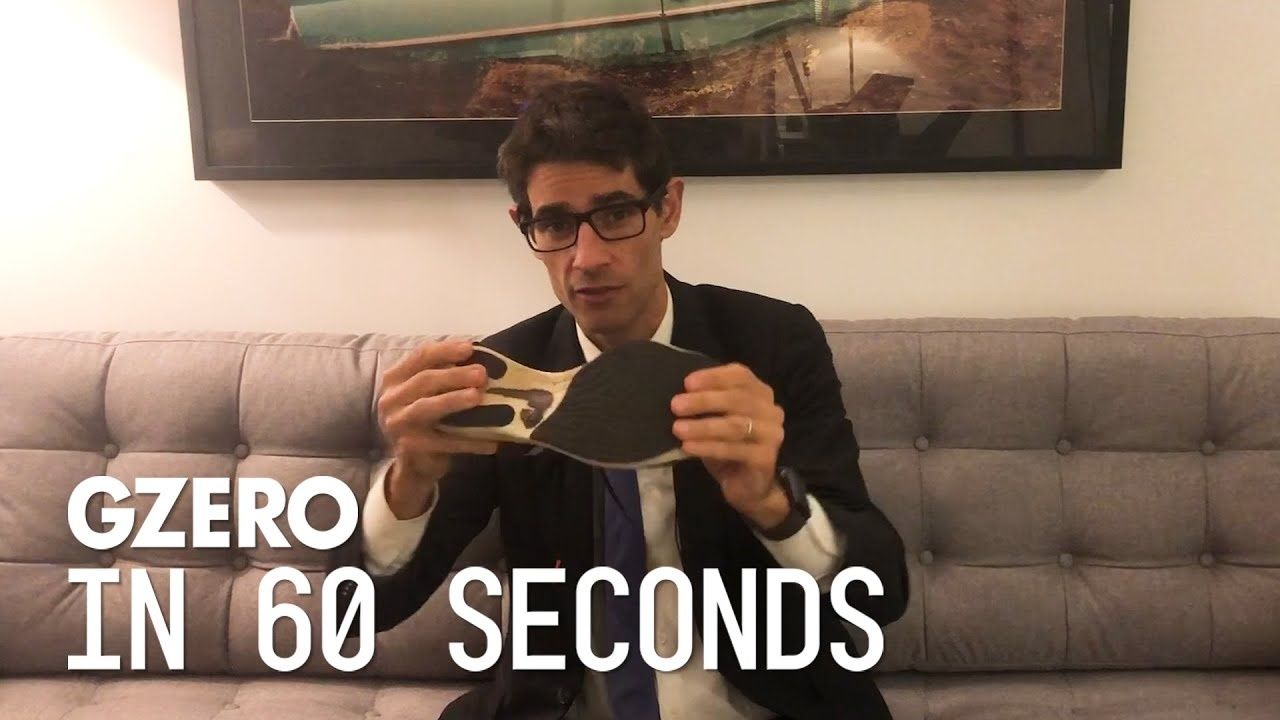
What technology was used to assist Eliud Kipchoge's historic sub two-hour marathon time?
A lot. If you watched the video of him, you saw that he was within a pace group, a whole bunch of runners in front of him cutting the wind. Some runners behind him, actually improving his wind resistance by having people behind him. There was a green laser showing him exactly what time he had to run. He had really high-tech gels that he took, these Maurten gels. I actually like those a lot, too. But the main thing were the shoes. These are the early prototypes of the shoes or the first version. He's now in the third version. But what's most important is there is a carbon fiber plate. You cannot bend this thing. So, Nike introduced these shoes, I don't know, two years ago. Now, there's a new generation. It's very controversial.
Are modern advancements in sports always technologically assisted?
Hmm. Kind of if you define modern as including technology. But there's an interesting thing: So, the drafting that Kipchoge had, everybody's fine with. No one would argue with that. The shoes, particular prototypes that aren't available to everybody, a lot of people are upset.